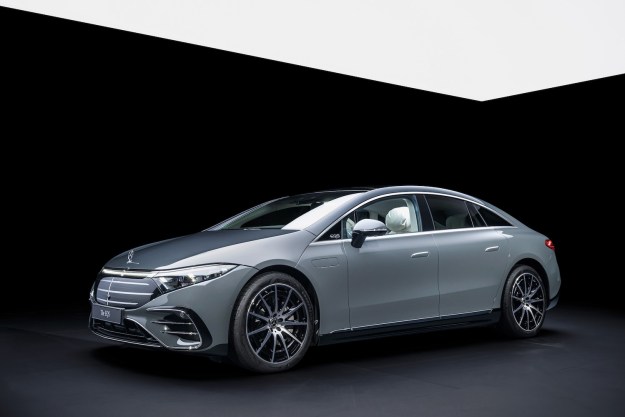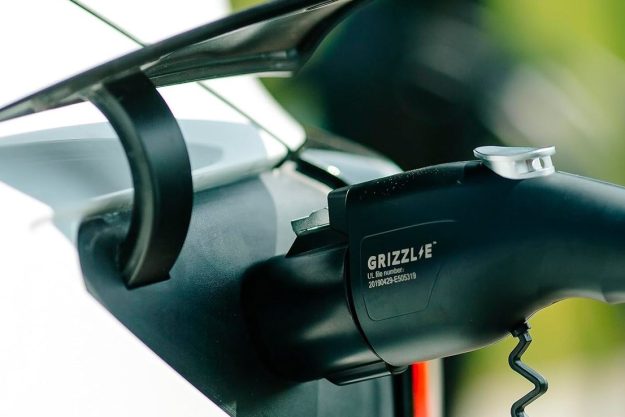Lotus founder Colin Chapman’s mantra was “simplify, and add lightness,” and Lotus keeps finding new ways to live up to it.
The Lotus Elise wasn’t exactly a land yacht to start with, but Lotus just shaved even more weight from this small sports car. Thanks to extensive use of carbon fiber, the new Elise Sprint is 90 pounds lighter than the previous version, cutting dry weight to just under 1,760 pounds. Lotus says it’s the largest weight reduction since the first-generation Elise was introduced 20 years ago.
Sprint-specific parts include carbon-fiber race seats, roll-hoop and engine covers, and access panel. Non-carbon components include a polycarbonate rear window, lithium-ion battery, and new forged alloy wheels. Those additions are combined with weight-saving measures being applied across the Elise lineup, including changes to the bodywork and new optional brake discs that are lighter than before.
Lotus will offer both a standard Sprint model with a 1.6-liter, four-cylinder engine, and a Sprint 220, with a supercharged 1.8-liter four. The base Sprint has 134 horsepower and does 0 to 60 mph in 5.9 seconds, while the Sprint 220 has 217 hp, and takes just 4.1 seconds to reach 60 mph, according to Lotus. With less weight to throw around, the two Sprint models should also be lots of fun in the corners.
Sprint models are visually distinguished by black exterior trim, side stripes, body-color interior trim elements, and Sprint badging. The 220 model also gets a special exhaust system shared with the Elise Sport 220 designed specifically to produce a nice sound. Lotus really knows what car enthusiasts want.
The Lotus Elise Sprint models arrive in showrooms this spring, although it likely won’t make it to the United States. The Elise isn’t expected to become available here again until after a full redesign in 2020. In Lotus’ British home market, the Sprint will start at 37,300 pounds (about $46,000), which puts it close to the top of the Elise range.
Editors' Recommendations
- HBO’s The White Lotus lines up its season 2 cast members
- Lotus Evija electric supercar is bursting with cutting-edge tech


